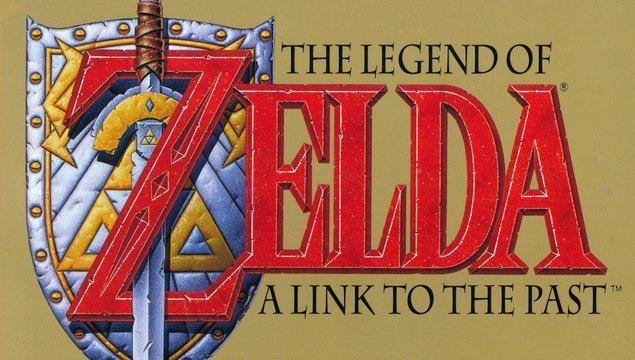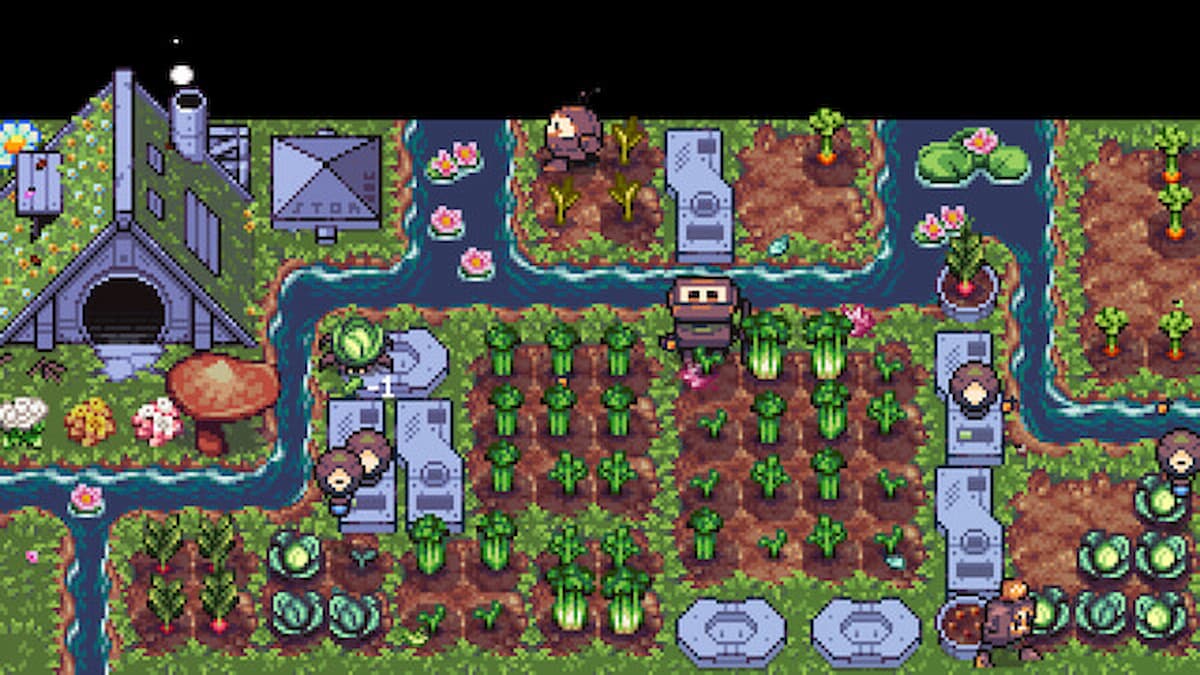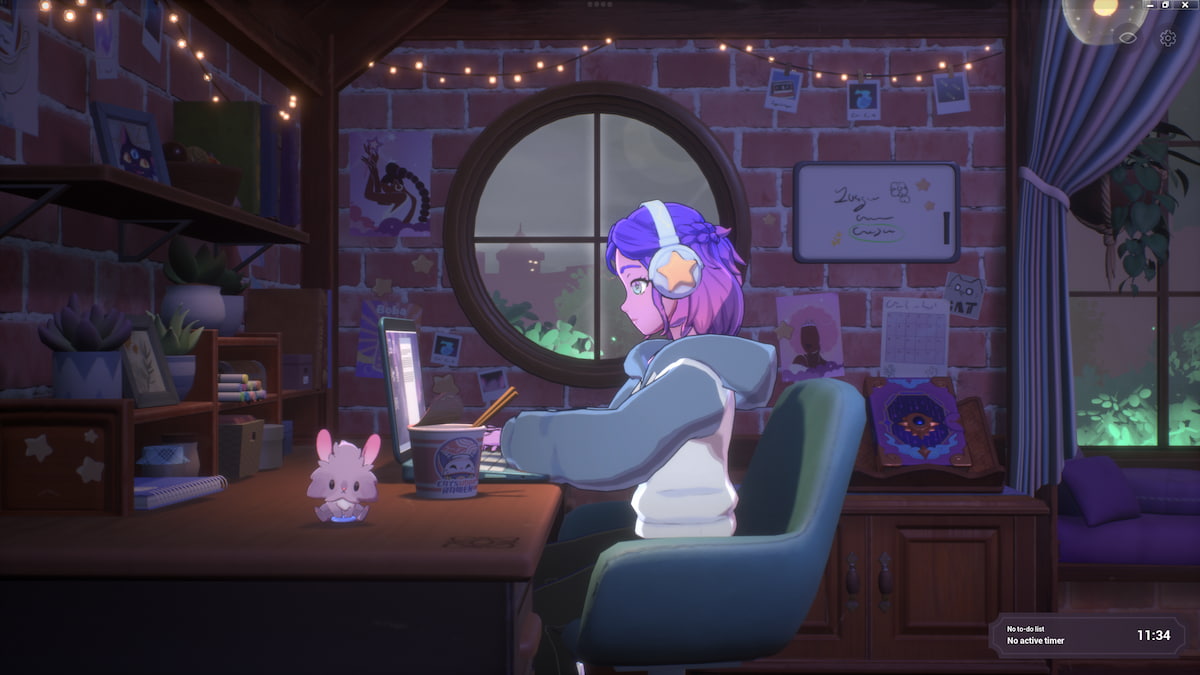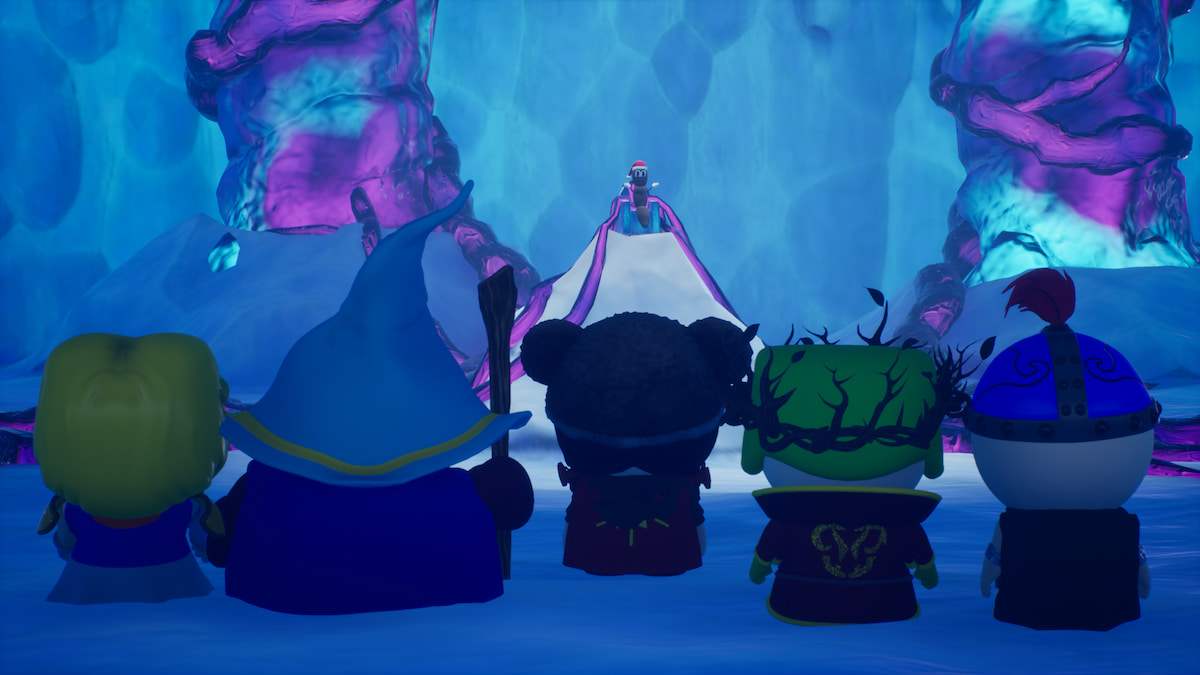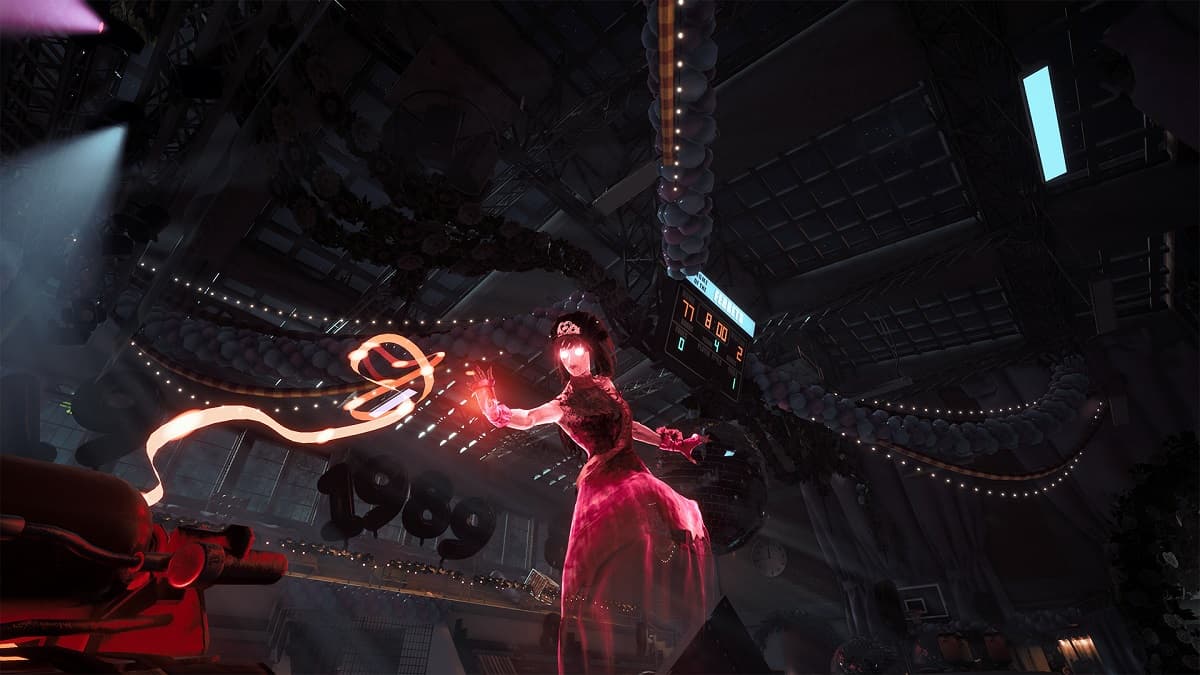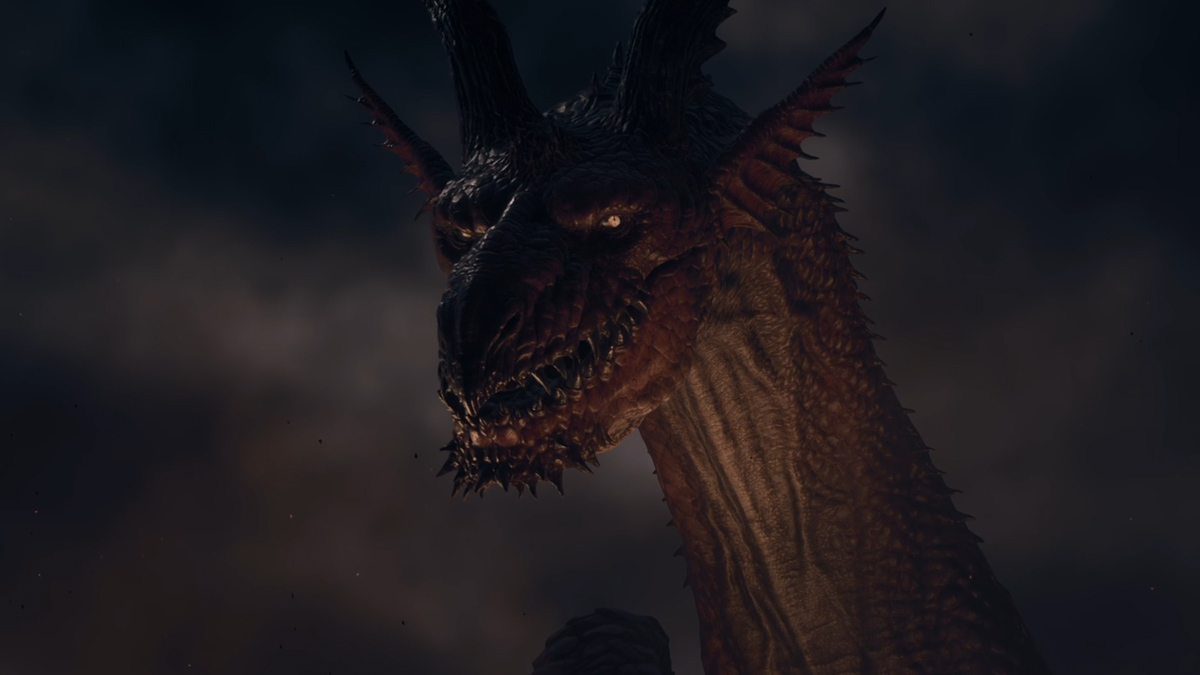Week 3 of the Legend of Zelda Rewind Review series is here, and with it we move from the 8-bit era of the NES to the 16-bit glory of the Super Nintendo!
Today also marks the first of a series of multi-platform Legend of Zelda reviews since just about every single Zelda title from A Link to the Past to The Wind Waker has seen a re-release in some way, shape, or form. Playing through each of these games on various systems has been a tedious experience, but I’m putting my sanity on the line for you so that you’ll have the ultimate gaming experience!
Today’s game A Link to the Past has often been cited as one of the best – if not the best – Legend of Zelda game to date. Critics are quick to give the game 10/10 reviews left-right-and-centre, and almost none of them dare to give it anything less than an 8/10. Don’t believe me? Check out Metacritic where even the GBA version of the game has a Metascore of 95. With this in mind, I walked into A Link to the Past knowing that – much like my Super Metroid Rewind Review – I might just set fire to a hornet’s nest by the time this review is over.
As with all Rewind Reviews, The Legend of Zelda: A Link to the Past will undergo a review process through the eyes of a modern critic. No nostalgia glasses, no excuses, no rationalizing hardware limitations, and no sparing myself from angry fans and readers.
Nothing will excuse the game from anything that we – as modern gamers – would expect to see in the genre today. So without further ado, let’s take up our deceased uncle’s sword and shield before venturing across Hyrule to stop the evil wizard, Agahnim, in The Legend of Zelda: A Link to the Past on the SNES.
The Plot
In my Metroid: Other M review I made the controversial statement that “Metroid games have never set the standard for adventure or exploration games.” I then went on to state that both Metroid and The Legend of Zelda have instead been used by Nintendo to push their hardware to their limits. This is true of A Link to the Past as we get our first The Legend of Zelda in-game cinematic seen in this video below:
Essentially, there’s little else going on in A Link to the Past since the story is – for better or for worse – a bit meh. I use that description because at this point in the series, The Legend of Zelda has been unable to remove itself from the “you are the chosen hero, so for no valid reason you will be able to stop the King of Evil returning – again!”
While Link has had the additional touch of having his destiny somehow intertwined with the Princess Zelda herself, it does not do much to provide Link with a reason to save Zelda. Aside from that “Zelda is your….” that Uncle gives you, Link still is the biggest Gary Stu in gaming at this point in the series.
While the SNES’s power has been utilized to create in-game cinematic cutscenes that are pleasant to watch, the only real difference in terms of story presentation for the main plotline is the use of other NPCs. For example, in the introduction we see Agahnim transporting the Seven Maidens to the Dark World. This is a neat addition, to say the least, especially compared to previous games – but it does not do anything for the story.
Despite the advances in technology, the series still does not make us care about the characters. In a game where saving the world is the focus, you would expect there to be some incentive. However, there is none. The closest we get to a reason for Link’s desire to save Zelda is his Uncle vaguely mentioning that Zelda is Link’s… something.

Seriously… your Uncle doesn’t actually tell you what Zelda’s relationship with you is, and it never gets mentioned in the game ever again
If we don’t have a reason to save the kingdom, then the game is still relying on nothing more than the gameplay itself. If the lack of characterization Link has is to make the player feel more immersed, then I am just left wondering why I can’t just make my Link take off and say “sucks to be you!” before riding off into the sunset.
This may have been fine for the NES where story was an impossible feat, but we should expect a little more from a story-driven game. If we have no attachment to the characters, then there is no reason to do the things we are doing. For the sake of argument, A Link to the Past could have been replaced with a bunch of generic sprites on the screen, and still accomplish the same level of success based on the gameplay alone.
That is not to say all “story” elements of the game are complete failures, though. In fact, A Link to the Past actually has some interesting characters. For the first time, characters are memorable, taking full advantage of all those juicy megabits the SNES cartridge is capable of storing. A Link to the Past has about 30 unique characters among the various generic NPCs, making Hyrule feel like a real kingdom for the first time. We no longer have vast stretches of nothingness where nobody lives, and instead we have a real kingdom with various characters. If A Link to the Past spent this level of effort on developing the main protagonists, then maybe the game would have sold me more on the “story” front.

The Gameboy Advance version of A Link to the Past also adds characters from newer titles, as well as new NPCs who teach Link skills that could not be designed in the original game. The most notable examples are Maple (seen above) – who replaces Syrup’s apprentice – and the third Lumberjack, Q. Bumpkin, who teaches Link the Hurricane Spin.
The Gameplay
The Beautiful:
I would like to first point out that the controls in this game are as close to perfect as you can get. Sword attacks are on B, as expected. The map is bound to X, items are on Y, and just about everything else in the game is bound to A. Select is used to save the game while Start is used to access the inventory screen. Everything makes sense, and nothing unnecessary is added.
The very fact that this game has a map as detailed as it does is also godly in its own right. Even to this day most games don’t have a map as detailed as A Link to the Past’s. Every single house, dungeon, and important item is laid out on a pixel-perfect miniature of the overworld. Nothing is overlooked, and everything that a player could want to find is visible on the screen. Where is the castle? It’s right there in the middle of the map. Where is Kakariko Village? Right there, near the castle with all the little houses. It’s almost flawless. The only way that the map could be improved is with filters for past dungeons and other such things, but it does what it needs to do.
Just take a look at this glorious in-game map!
Swordplay has been improved immensely over previous installments. There is never a point in time are you wondering where exactly your shield is, and it is made clear very early what you can – and cannot – block thanks to the variety of early game foes. The intuitive enemy design also allows players to understand very early on that certain opponents cannot be defeated with senseless sword-waggling, and strategy must be employed if players want to make it through the game unscathed.
The best addition to swordplay in A Link to the Past, however, is the “swing” as opposed to the clunky “stab” in previous games. By providing a swinging motion, the player is now able to attack enemies that are positioned diagonally from Link. Attack animations are also seamless, meaning that Link is no longer waiting for enemies to hit him like in the original The Legend of Zelda NES game.
Item variety has also been improved with over 20 items to choose from, and 4 items that are automatically equipped at all times. This is a vast improvement over the original 8 items or spells in the earlier Legend of Zelda entries. Best of all, there’s always an excuse to try using an old item in a new dungeon as the greater portion of your inventory can be used regardless of the situation. Better yet, the solutions to dungeon puzzles are not always simple. While some rooms still have the traditional “beat the enemies, get a key” formula from the first game, A Link to the Past makes you think about how each item in your inventory can be used. It is simply a well-designed test of both common sense and ingenuity.
The game’s first mini-boss is a prime example of how the game teaches players to use items they find in a dungeon
Enemy variety likewise keeps the game interesting as there are over 120 different enemies and traps, as well as 13 different bosses. Few enemies are defeated in the same way and most bosses are designed to take advantage of a new item so that players will understand the capabilities of the item for future dungeons.
By presenting players with foes that cannot be defeated without a certain item – or are at least defeated easier by using said item – players quickly learn to strategize against their opponents rather than swinging their sword wildly. Furthermore, A Link to the Past also made changes to dungeon formulas so that players will not be able to access the dungeon’s boss without acquiring the dungeon’s “special item.” As a result, players will no longer find themselves unable to progress without a clue as to what they did wrong. It is an effective system that works really well to teach players how to play the game, and is a formula that the Legend of Zelda series has stuck to from this point on.
Lastly, I would like to briefly mention the Dark World mechanic. Aside from the Dark World being a magnificent display of the SNES’s capabilities to swap maps in mere seconds, it also provides many new puzzle strategies to the game – as well as many sequence-breaking opportunities. It is a minor feature in the grand scheme of things – as many people likely just consider it another “dungeon” – however, it certainly changes the way players have to think while playing the game.
By providing certain points where Link can travel worlds, players have to explore various options of how to get to a new area. This is something that is difficult to explain on paper, but essentially the Magic Mirror makes getting from Point A to Point B a lot more complex. It is something that simply could not be done on the NES hardware, and I applaud the development team’s desire to push the series as far as they could into unknown territory with this game.
The Good (GBA-Version):
On top of the already stellar lineup of assets that A Link to the Past has, the GBA version adds new skills for Link to learn, and a new dungeon. This dungeon is known as the Palace of the Four Sword, a post-game dungeon that is accessible upon completion of the Four Swords spin-off game bundled with A Link to the Past. The temple provides a great challenge for players who have beaten A Link to the Past since many of the puzzles involve using the items found throughout the game in creative new ways. For example, this is where we learn we can use the recoil from hitting a rock with the Pegasus Boots to jump over pitfalls.
The Gameboy version also sports new dialogue lines, replacing the crudely translated lines used by the SNES version to better portray what the original Japanese version intended for English-speaking players to experience.
The Bad:
I do have a bit of a grievance over the Magic Meter. While it does present a bit more of a challenge to the game, it ultimately is nothing more than an artificial difficulty. Having a limit on your magic meter does nothing more than increase gameplay duration since it doesn’t leave you vulnerable at any given time.

All an empty magic meter accomplishes is making the player have to backtrack to find recovery items, and that is not a fair way of increasing a game’s completion time or difficulty. A low magic meter forces players to go back and find magic potions, which teaches players to be frugal. However, this is not only a waste of time but also puts the player at risk of an unnecessary game over since enemies still do a fair amount of damage early in the game. It is not excusable later on the game either since it quite literally becomes nothing more but a chore as the enemies do not do enough damage to warrant the “difficulty” saving magic creates.
On a personal note, I also felt that Link’s running animation was a bit awkward. It makes you feel at times that you should be moving faster, but instead he crawls along the map at a snail’s pace until you get the Pegasus Boots. I understand that this was likely done to make the Pegasus Boots more controllable once acquired, but I think a middle ground could have been achieved with a little extra development time.
The “What in the name of Nayru, Din, and Farore were they thinking? Ugh… no!!!!” (GBA-Version):
Link’s voice. I hate it. I know they’re using clips of Young Link’s voice from The Legend of Zelda: Ocarina of Time, but the frequency of the voice clips playing in A Link to the Past is so fast that I feel like reaching through the screen and punching Link in the face. Every time you slash, get hit, or fall in a pitfall you’ll hear Link’s voice. While this is fine in the 3D games where Link slashes at a “human” rate, the 2D games involve sword-spamming on a level where his voice quickly becomes tiresome.
Seriously, it’s really annoying. It might as well be a Young Link “This is Sparta Remix.” Oh wait, there’s already one of those…
That’s not all. The Gameboy Advance version of A Link to the Past also uses the most nonsensical control scheme you could imagine. The B-Button still functions as your sword, and the D-Pad for movement, sot that is fine.
However, the A-Button was set to your secondary item, and the R-Button set to everything from lifting rocks to talking to NPCs. Why? Who knows. Maybe the developers went out one night, got drunk, and decided it would be a fun prank to change the bindings of the A-Button – a button long since used as the “talk” button – to the R-Button! What’s worse is that the spin-off Four Swords game uses the original A-Button and R-Button configurations!
Seriously… why Nintendo? WHY?!
The Presentation
The Legend of Zelda: A Link to the Past once again succeeds in passing the Nintendo seal of approval. The game has a bunch of well-drawn sprites, and lovable cute designs that are still enjoyable to this day. The fact that the Gameboy Advance was able to emulate this game perfectly shows how well the game has aged since the graphics were still acceptable on a handheld platform 11 years later.
Music is great as well. Many of the tracks in A Link to the Past will be familiar to anyone who has played Ocarina of Time and many titles after it use remixes of many of the old SNES tunes. These include – but are not limited to: the Fairy Fountain theme, the Hyrule Castle theme, Zelda’s Lullaby, Kakariko Village, and more. The best part about the SNES game’s music is that not only are the songs memorable, but they have aged well thanks to composer Koji Kondo’s expert usage of the 16-bit sound engine.
For anyone who has not listened to the music in this game, take a listen to these Stereo-recorded themes in the YouTube video below:
Why they would ruin this game’s masterful soundtrack with the shrieks of a distorted and compressed Ocarina of Time Link’s shouts and screams is beyond me. Sorry Nintendo, but as much as the GBA version adds content, it’s just not worth the negative changes…
The Verdict
The Legend of Zelda: A Link to the Past is a great game. I wouldn’t say it’s the best game in the series – and if you follow this series of Rewind Reviews you’ll find out why – but it certainly set the standard that all sequels would have to uphold.
The game is near-flawless; the flaws it does have do not take away from the experience at all. There are glitches here and there, but they are glitches that players must force out of the game’s code, so they are negligible at best.
As such, I give The Legend of Zelda: A Link to the Past a 9/10. There is nothing I can honestly complain about with this game. Had the game improved the story and dropped the unnecessary magic meter, I would have given the game a 10. If those two features do not bother you, then by all means let it be known I would give this game a solid 10/10. However, for the sake of the Rewind Review grading formula, it is better to not have something and do everything well, than it is to do something half-way and have a stain on your gold.
I also must advise against playing the Gameboy Advance version due to its awkward control scheme, and the unnecessary shrieking. It made changes to an already stellar game that honestly didn’t need any tweaks whatsoever. Without 4 other players for the Four Swords game, there’s no redeeming value in the GBA release. If you cannot find an original copy of A Link to the Past, the Nintendo Virtual Console has the game on the Wii U and Wii consoles for about $7.99. Unless you feel like buying an SNES and a $70 cartridge. If you do, then my all means have at it.
I would recommend this game to anyone who is interested in playing a challenging 2D Legend of Zelda game, but not necessarily someone who is looking to play The Legend of Zelda for the first time. Many of the mechanics – despite being explained in-game – are not completely accessible to new players.
Also, the game’s difficulty may put off some players who are looking for a casual experience. The game is by no means difficult, but it is difficult enough that it can get frustrating at times, especially in earlier parts of the game where your measly 3 hearts will likely leave you face-down in the dirt.
With that, I bring Week 3 of my Legend of Zelda Rewind Review to a close, and I open the floor to the readers! Do you think that A Link to the Past deserves the praise it gets? Do you think I took it too easy or too hard on this game? Do you enjoy Link’s incessant shrieking in the GBA version of the game? Leave your opinions in the comments section below!
Also, be sure to check back on this article or the GameSkinny front page for future reviews, as well as swords and sorcery action as we make our way from the original 1986 release of The Legend of Zelda on the NES to the 2013 release of A Link Between Worlds on the 3DS!
Reviews in this Series:
- The Legend of Zelda (NES)
- The Adventure of Link (NES)
- A Link to the Past (SNES/GBA)
- Link’s Awakening/Link’s Awakening DX (GB/GBC)
- Ocarina of Time/OoT 3DS (N64/3DS)
- Majora’s Mask/MM 3DS (N64/3DS)
- Oracle of Ages/Oracle of Seasons (GBC)
- Four Swords (GBA)
- The Wind Waker (GC)
- Four Swords Adventures (GC)
- The Minish Cap (GBA)
- Twilight Princess (GC/Wii)
- Phantom Hourglass (DS)
- Spirit Tracks (DS)
- Skyward Sword (Wii)
- A Link Between Worlds (3DS)
- Tri Force Heroes (3DS)

